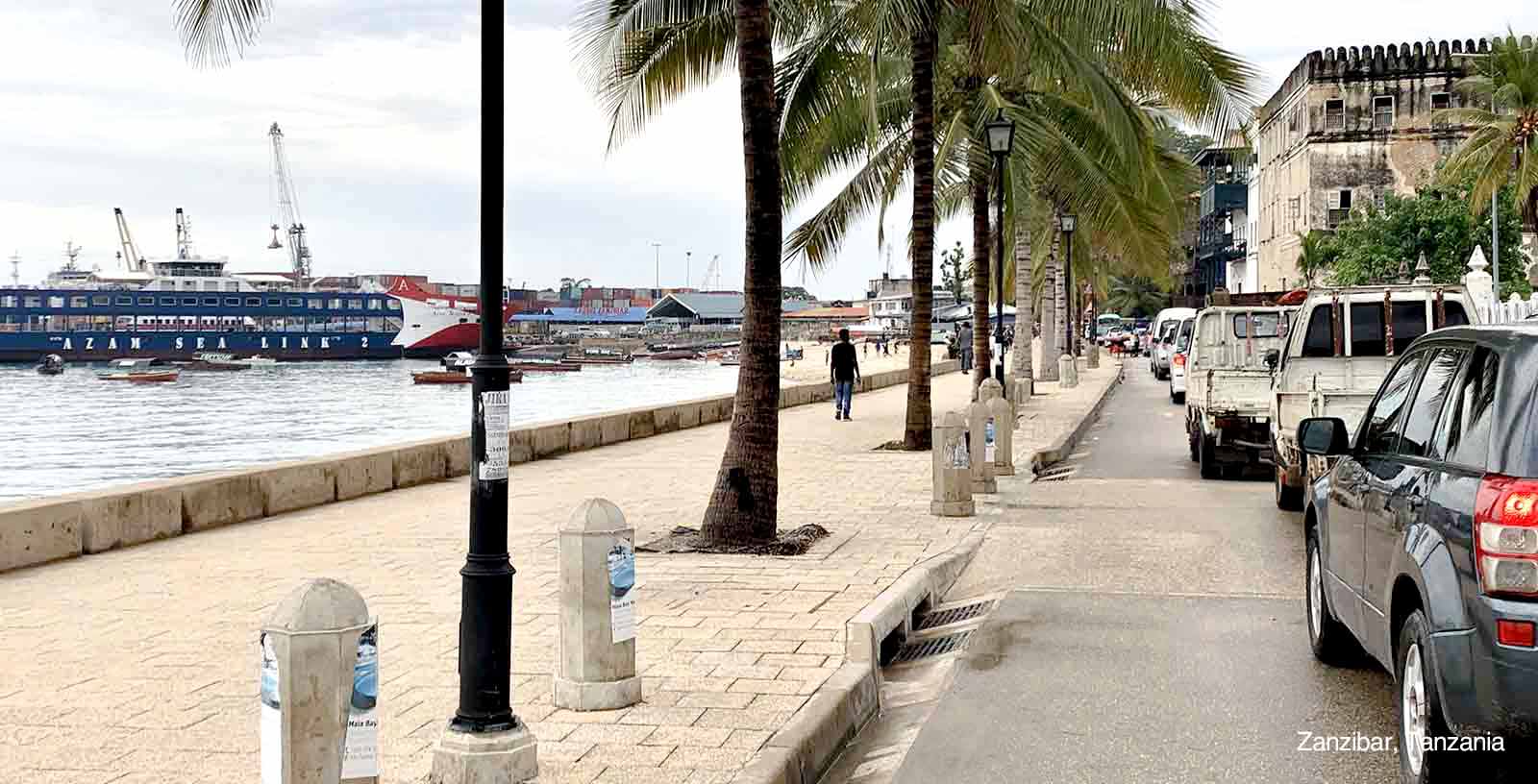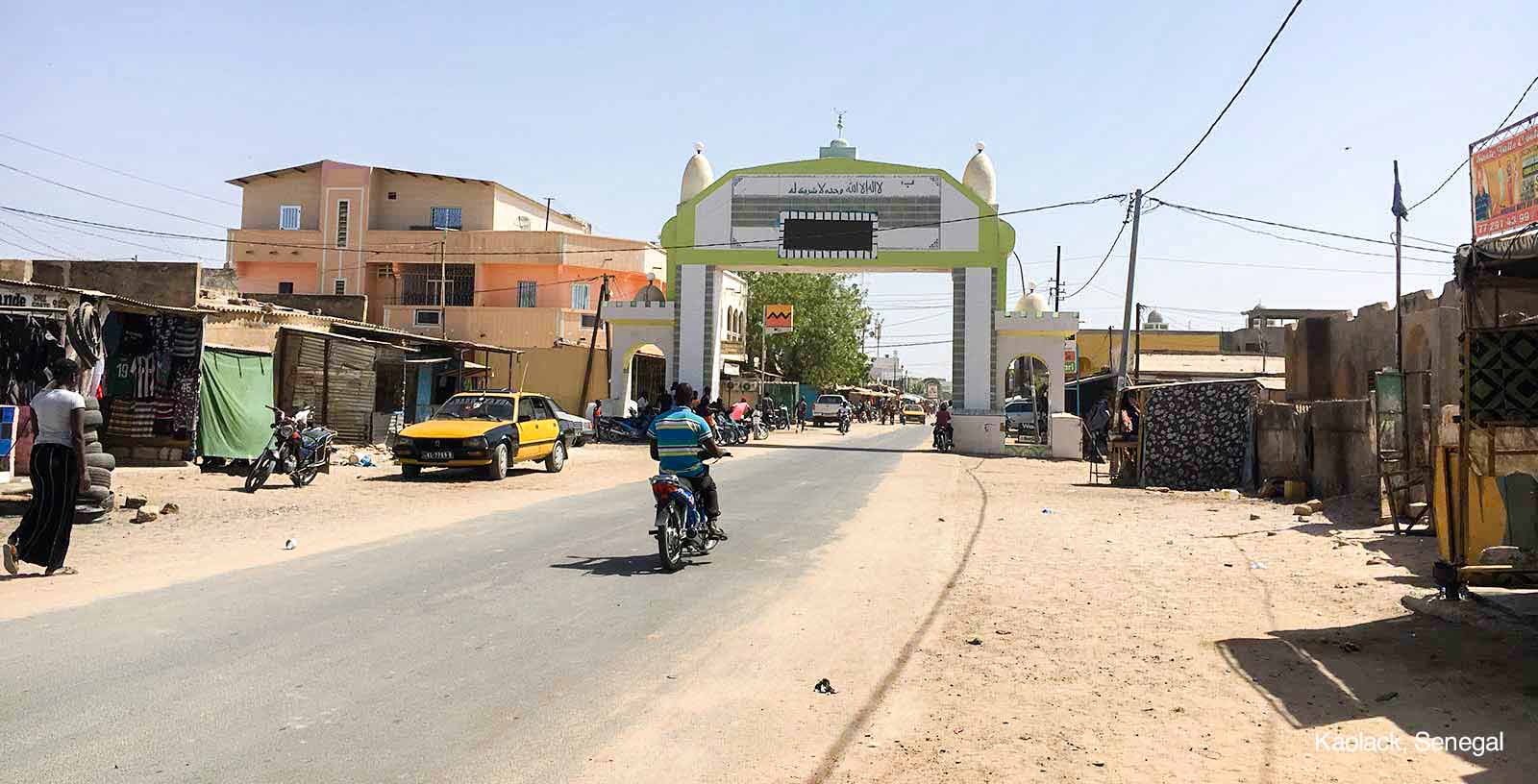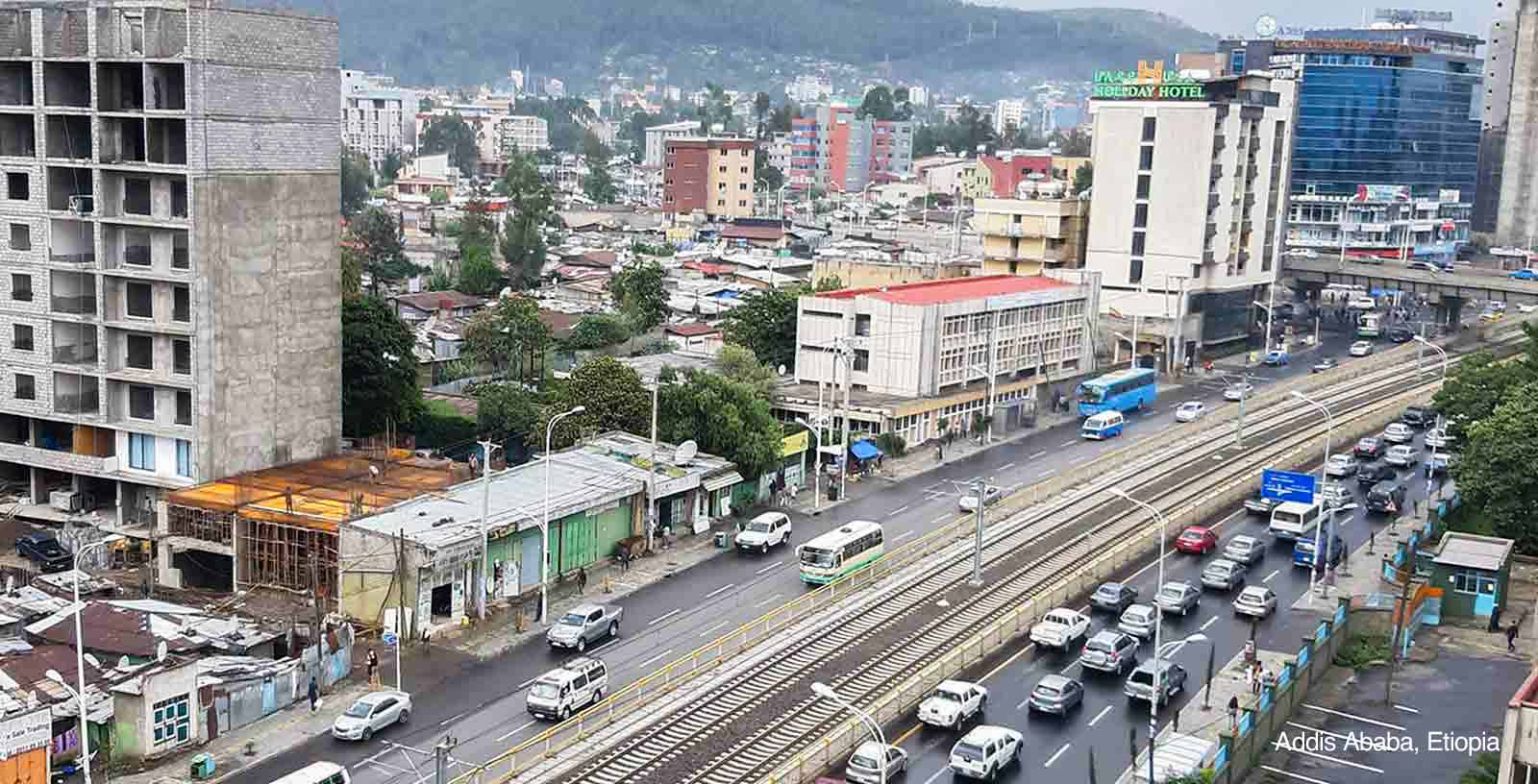Mobility & Transport projects in Africa
Urban and sustainable mobility programs
Drawing on our extensive experience, we help cities around the world to introduce new, more efficient and sustainable forms of mobility for their inhabitants.
We are currently working in Addis Ababa, the capital of Ethiopia, managing taking an interdisciplinary approach, to develop the program to improve the conditions of the sidewalks and the safety of pedestrians. Waking is the predominant mode of transport in this city. This project, financed by the World Bank aims to address the problem of pedestrian mobility in the city, to guarantee safety, protecting the most vulnerable actors. IDOM is developing actions and strategies that are easy to apply for the city of Addis Ababa. A guide is being produced to reinforce pedestrian safety and develop and maintain sidewalks.
In Stone Town, Zanzibar (Tanzania), declared a World Heritage Site by UNESCO, the “Safe and Sustainable Mobility Management Program” has been developed with the support of the Government of Zanzibar and the World Bank. Given the important occupation of public space, level of noise, visual and air pollution, foot traffic will ensure long-term social, economic and environmental sustainability. The holistic approach of the program, together with a close collaboration with the community, have made it possible to establish strategic lines and efficient and effective proposals to promote active and sustainable mobility. This will occur by improving infrastructure and accessibility, as well as making the management of motorized transport more dynamic.
Also in Africa, the “Study of the urban and sustainable mobility strategy” by Kaolack in Senegal has been carried out for the Road Works and Management Agency (AGEROUTE). This project seeks to highlight the strengths and shortcomings of the different modes of transport, as well as their consistency, a relationship with the environment and urban planning to achieve a global synthesis of mobility in the city. The services provided included the implementation of a Geographic Information System and the design of an Intelligent Transportation System.
Along these lines, IDOM remains at the forefront of new technological tools and processes that allow the optimization and development of mobility systems that improve the quality of life in cities.









